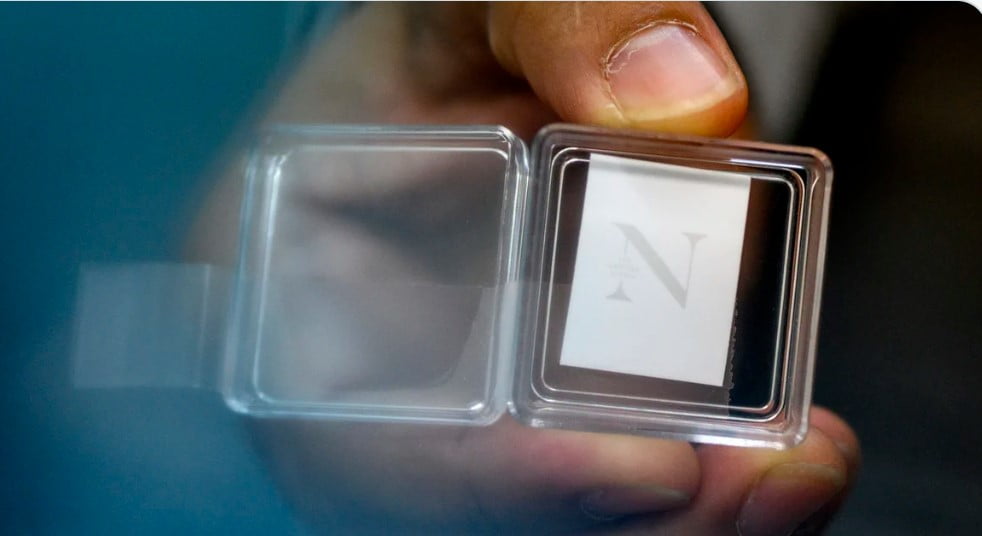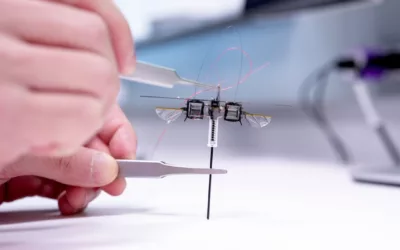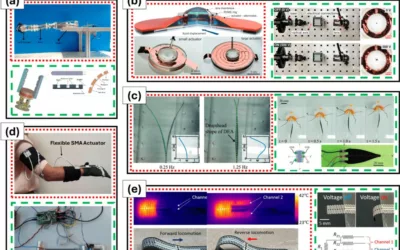The flexibility of your skin along with its ability to sense and adapt to held objects to prevent accidental spills might often go unnoticed. Northeastern University researchers are now delving into the realm of robotics with a mission to infuse this adaptive quality into machines.

Supported by the National Science Foundation, Ravinder Dahiya, a professor of electrical and computer engineering at Northeastern, is embarking on a research project. The goal of which is to bridge the gap between human-like tactile capabilities and robotics.
Professor Dahiya’s endeavor reportedly involves the development of an electronic skin that mimics the expandable and contractible nature of human skin. Through a carefully designed “touch sensor integrated with a soft electromagnetic coil-based flexible ultra-thin actuator,” Dahiya aims to create a unique device that amalgamates sensing and movement, much like our skin’s remarkable qualities.
This project is scheduled to begin in October at Northeastern’s EXP building in Boston. Over two years, a team of around 20 individuals, including graduate and postdoctoral students, will collaborate to try and bring this concept to life.
While previous efforts in this area of research have yielded touch sensors that grant electronic skin the ability to perceive stimuli, Professor Dahiya emphasizes a broader objective: exploring haptic interaction, where sensory information travels between contact points and the brain. This enhanced perspective on touch opens avenues for a more comprehensive understanding of objects and their properties.








